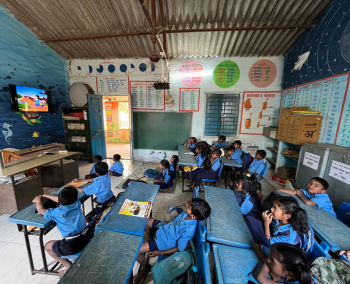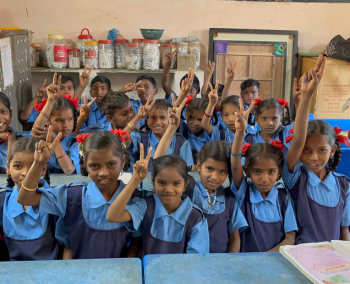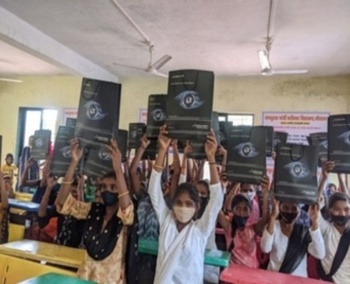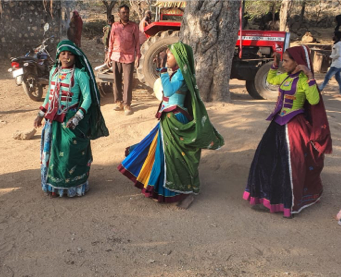Sustainable Energy For Rural Development: Solutions and Development Programs
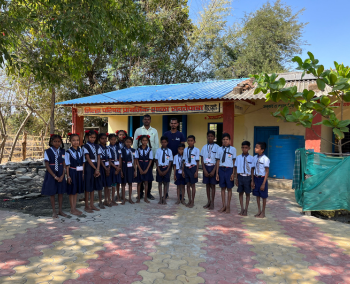
Ever wondered what is the importance of electricity for rural India? From education and healthcare to farming and small businesses, energy access shapes daily life. Yet, unreliable power remains a problem in rural areas. It’s not like this concern has been ignored. The government has made progress in electrification, but challenges remain. Here’s the solution – sustainable energy for rural development. Let’s dig deeper to see what wonders can be achieved with this and the potential it has to transform lives.
Sustainable Energy For Rural Development
For rural communities, electricity isn’t just about having lights at home. It means better schools, healthcare, farming, and businesses. Without power, schools struggle, clinics can’t store vaccines properly, and farmers lose crops because they can’t irrigate their fields.
About 1 in 5 (18%) of the poorest rural households still do not have access to electricity. Over half of urban households consume more than 100 units per month, whereas fewer than a quarter of rural households reach this level*.
This energy gap limits jobs, education, and overall quality of life. While infrastructure still lags, renewable energy solutions are stepping up. They’re reliable, cost-effective, and eco-friendly, cutting dependency on unstable grid power and expensive fuels.

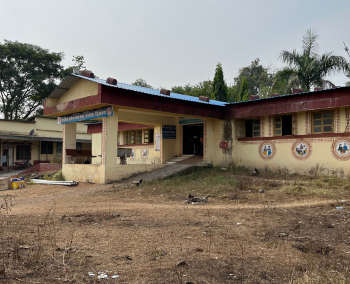
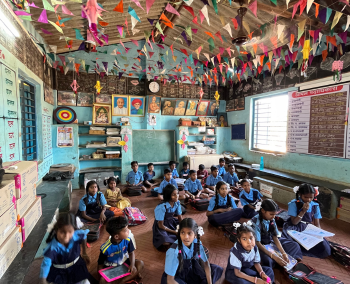
Rural Development Programs in India And Their Impact
1. Schools That Shine Brighter
Education is the foundation of progress, yet many rural schools barely function due to poor infrastructure and unreliable electricity.
Take Chatrapati Kanishth Mahavidyalaya in Vikramgad, which serves over 200 Adivasi students. Without steady power, classrooms were dark, and learning suffered. Then, Project Chirag stepped in. They brought solar electrification, better sanitation, and e-learning tools—completely transforming the school. Now, students have digital resources, attendance has improved, and teachers are more motivated.
Similarly, in 10 Zilla Parishad schools in Palghar, power cuts left classrooms dim and lifeless. But with solar-powered electricity and smart classroom tech, students now enjoy better academic resources, longer study hours, and a much more engaging learning environment. More than just brightening up classrooms, this change is fueling aspirations and setting students up for a better future.
2. Energizing Agriculture & Rural Livelihoods
For farmers, electricity makes the difference between survival and success. Villages like Patilpada in Palghar, depend largely on rain-fed farming. Thus income is unpredictable leading to forced migrations.
To change that, Project Chirag installed a 7.5HP solar-powered water pump, irrigating 20 acres of farmland. As a result farmers are now growing crops throughout the year. Thus ensuring food security and a stable income. Women in the community have also gained financial independence.
In Suksale village, Vikramgad Taluka, water scarcity was a major hurdle for both farming and daily life. Project Chirag’s solar-powered lift irrigation system and home electrification turned things around. Now, there are better crop yields and fewer migrations. Thus the village enjoys long-term economic stability. Which means better job opportunities and a greater sense of empowerment.
3. Strengthening Healthcare & Digital Inclusion
A clinic without electricity is a disaster waiting to happen. Power shortages affect vaccine storage, emergency treatments, and other critical healthcare services. With solar power clinics can operate smoothly, ensuring better maternal care, timely vaccinations and improved emergency response.
One such example is the Primary Health Centre (PHC) in Vavar Village, Jawhar. Before Project Chirag’s intervention, the PHC faced severe challenges due to frequent power cuts. Here’s what Rahul Ghegad, a CHO Beneficiary from the Integrated Village Development Project, Vavar, Jawhar, had to say:
Rahul Ghegad, CHO Beneficiary
“When patient visit PHC, How to reach PHC is a very big question for everyone because of no light. There can be snakes or anything else. Sometimes medicines should compulsorily stored in fridge. Sometimes it is a big challenge during monsoon that there is power cut for three to four days, then some medicines get destroyed. During delivery if there is power cut it is very challenging for us.”
And let’s not forget digital access! With solar-powered schools and homes, rural kids now have access to e-learning and digital tools, bridging the urban-rural education divide. More than ever, technology is shaping the future of education, and solar energy is making sure rural students don’t get left behind.
Government Initiatives Powering India
The government has played a key role in expanding rural electrification:
- Saubhagya Yojana (2017): Provided electricity connections to 28.6 million households, tackling energy poverty.
- KUSUM Scheme: Plans to install 2.8 million solar-powered irrigation pumps, reducing reliance on costly diesel.
- Deendayal Upadhyaya Gram Jyoti Yojana (DDUGJY): Strengthening rural electricity infrastructure for more efficient power distribution.
- National Solar Mission: Aims for 100 GW of solar energy by 2030, supporting decentralized solar solutions.
These initiatives have definitely made progress. But that’s not all. Big policies alone won’t fix everything. Last-mile connectivity, high costs, and maintenance issues exist even today. That’s where rural NGOs like Project Chirag play their role. They fill critical gaps through community-driven, sustainable energy projects.
Off-grid solar solutions have provided electricity access to over 50 million people in India, significantly improving rural electrification*.
Expanding such localized efforts is key to ensuring reliable electricity reaches even the most remote villages while maintaining long-term sustainability.
Support Rural Development: Donate to Project Chirag
Rural India is in need of more than just electricity. It needs long-term progress that could be brought in by sustainable energy solutions. Rural development NGOs like Project Chirag are leading the way, making sure no village gets left in the dark. It’s crucial to expand renewable energy projects, improve policies, and involve local communities. Only then will we be able to build a future where rural India thrives on clean, reliable power. The journey toward sustainable rural electrification is far from over. You can support rural development through your generous donations, which can also give you tax exemptions under Section 80G.
